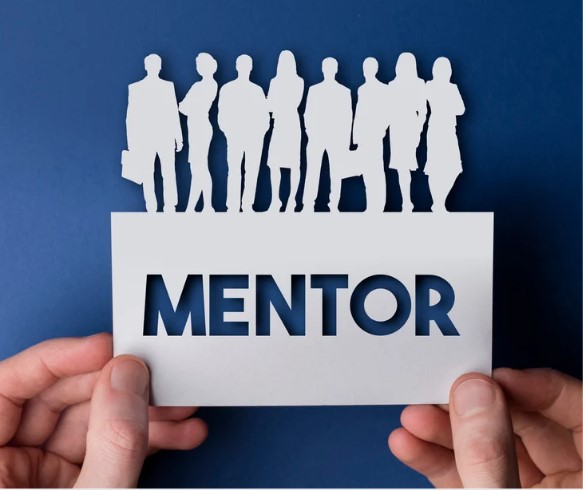
The Power of Reverse Mentorship: Learning from the Next Generation

In the world of mentorship, we often envision a seasoned professional guiding a younger protégé towards success. However, there is a growing trend that challenges this conventional approach – reverse mentorship. Reverse mentorship flips the traditional dynamic by encouraging the exchange of knowledge and insights between experienced mentors and their younger mentees. In this blog, we will explore the transformative power of reverse mentorship and how it can benefit both parties involved.
In today’s fast-paced and rapidly evolving world, the traditional hierarchy of knowledge is being reshaped. Younger generations are growing up immersed in technology, possessing unique skills and perspectives that can greatly benefit their more experienced counterparts. Reverse mentorship allows for the transfer of cutting-edge knowledge and technological expertise from the younger generation to the older, bridging the gap between generations and fostering innovation.
Reverse mentorship brings a breath of fresh air into the mentor-mentee relationship. The younger mentees often have an innate curiosity, unencumbered by preconceived notions and established practices. They can challenge the status quo, introduce innovative ideas, and provide fresh perspectives that mentors may not have considered. This dynamic can spark creativity and drive organizational growth by fostering a culture of continuous improvement and adaptability.
Reverse mentorship is not a one-way street. While mentors share their wisdom and experience, they also gain valuable insights from their mentees. Mentors can learn about emerging trends, technologies, and changing social dynamics, helping them stay relevant and connected to the evolving world. This mutual exchange of knowledge and learning enriches both parties, fostering personal and professional growth.
Reverse mentorship builds strong relationships based on trust, respect, and open communication. The mentor becomes a learner, creating an environment where mentees feel valued and empowered. This approach encourages mentees to share their ideas and opinions freely, fostering a sense of belonging and engagement. The mentor, in turn, acts as a guide and facilitator, nurturing the mentee’s potential and providing guidance as needed.
Reverse mentorship has the potential to bridge the generational gap that often exists in workplaces. By fostering meaningful interactions between different age groups, organizations can create a harmonious and collaborative environment. Reverse mentorship promotes understanding, empathy, and appreciation for diverse perspectives, leading to improved teamwork and a more inclusive workplace culture.
Reverse mentorship represents a powerful shift in the traditional mentorship paradigm. By embracing the wisdom and expertise of the next generation, experienced professionals can stay ahead of the curve and continuously evolve. Through reverse mentorship, organizations can harness the collective intelligence of their workforce, drive innovation, and create an environment that nurtures growth and collaboration. So, let’s embrace the power of reverse mentorship and unlock its transformative potential for a brighter future.








.jpg)


